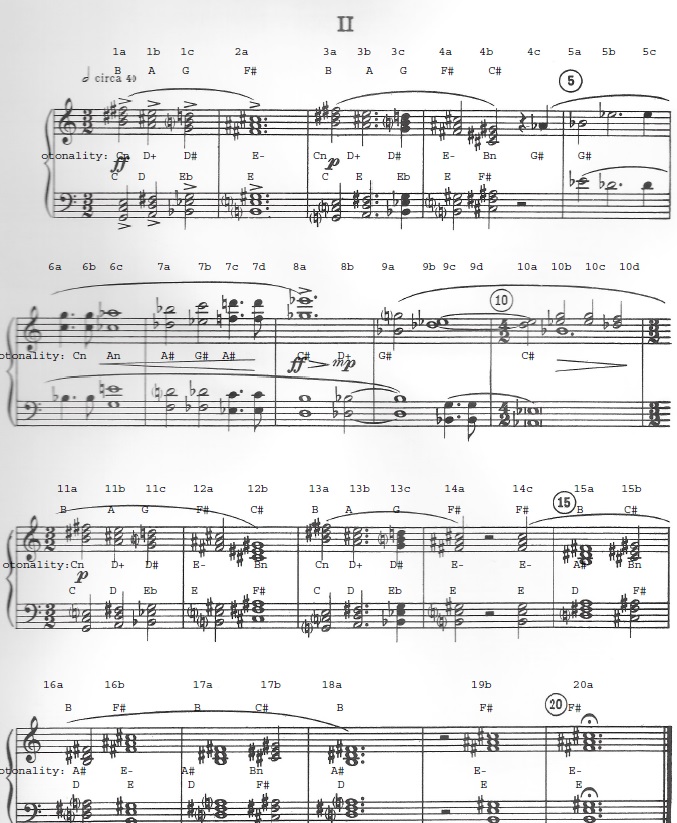This is an arrangement of William Schuman’s Three-Score Set for solo piano. It was written in 1943, a banner year for the composer. He won the Pulitzer Prize for Music, the first ever awarded; he had the first performance by Serge Koussevitzky of his Symphony for Strings (aka No. 5); and he composed this little ditty, Three-Score Set.
He is a fascinating character. He first studied business, while working for an advertising agency. A performance at Carnegie Hall in 1930 convinced him to become a composer. He studied privately with Roy Harris, who brought him to the attention of Koussevitzky. Pretty heavy stuff for a man in his 30’s.
I had never paid much attention to him. At Bennington, we were taught to ignore the establishment, and Schuman was as establishment as they get. He first taught at Sarah Lawrence College from 1935 to 1945, then became president of Julliard School. He founded the Julliard String Quartet. He left there to be president of Lincoln Center in 1961 through 1969. He won a second Pulitzer Prize on 1985, and a National Medal of Arts in 1987. He had a long and successful career as a performer, composer, and administrator.
This piece fascinates me. It’s very dense and short, but contains elements that Schuman used throughout his composing career. Each of the three movements is just 20 measures long, hence three 20 measure sets, or Three-Score Set. The first is all fourth chords, the second is all bitonal hexads, and the third something else.
I was attracted first to the second movement. Each chord is made up of two contrasting major chords. To start, he piles a B major on top of a C major chord, two triads to make a hexad. I’ve composed with hexads for a long time. The first six overtones of an otonality is a hexad: 4:5:6:7:9:11, C:E:G:A+:D:F+, which can be interpreted as a C major together with an D major of sorts. Schuman has the same opening chords start the Symphony of Strings second movement. It’s not stealing if it was your idea in the first place.
To realize this piece, I scanned through all the otonal scales in the tonality diamond to the 31 limit to find scales that could match the bitonal chords in the Schuman piece. For example, the first chord in set 2 is B major and C major. C major is found in a 1:1 otonality, but there’s also a sort of B- major in it as well. The C major is 4:5:6 and the B- major is 15:19:22, not really a major chord, but when heard with the C major, it reinforces the sense of C. I did this for all the chords in the set, and this is the result.

It lasts all of two minutes and forty seconds, so I plan to look for ways to stretch it out a bit.
or download here:
Machine7 – William Schuman – Three-Score Set – #5